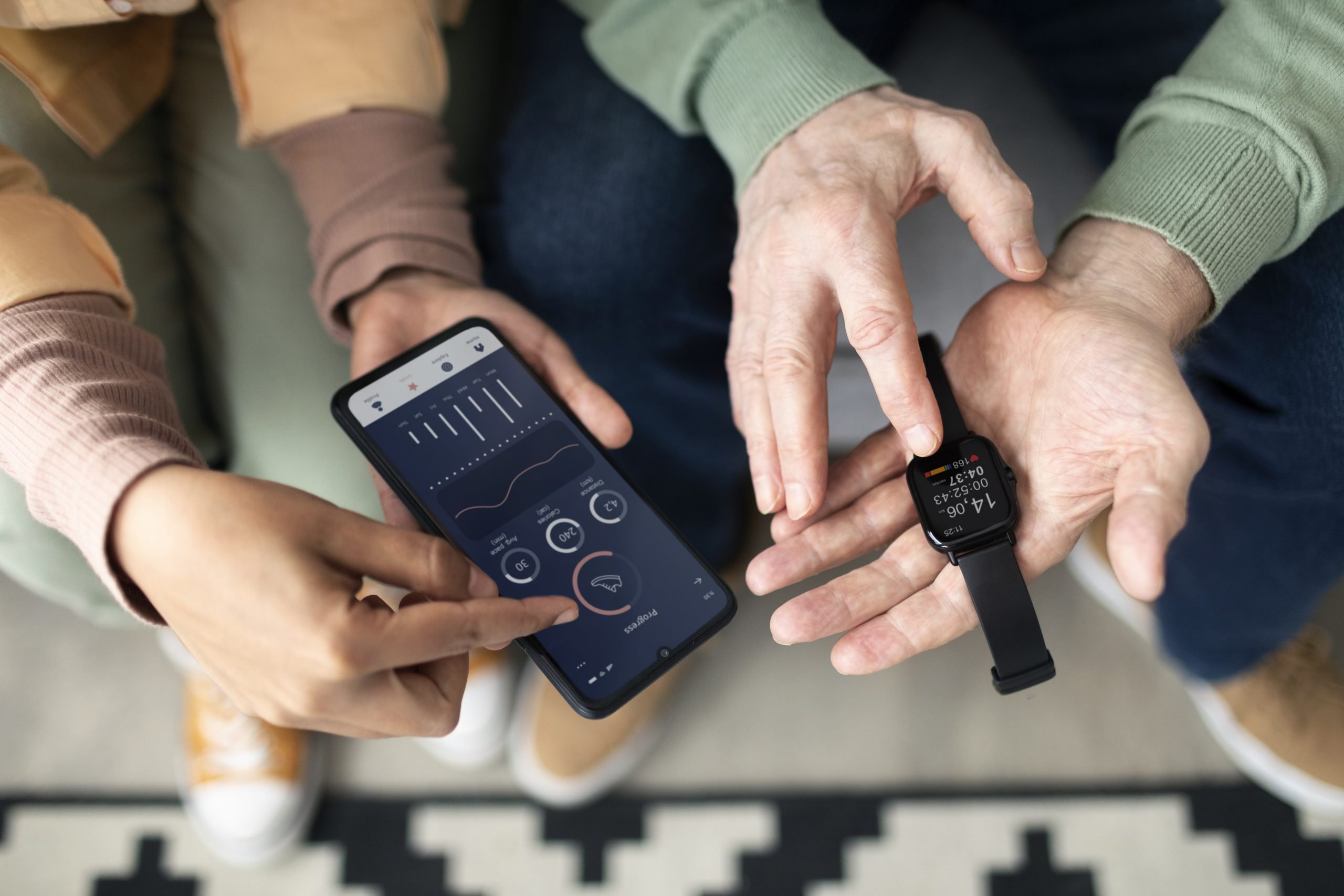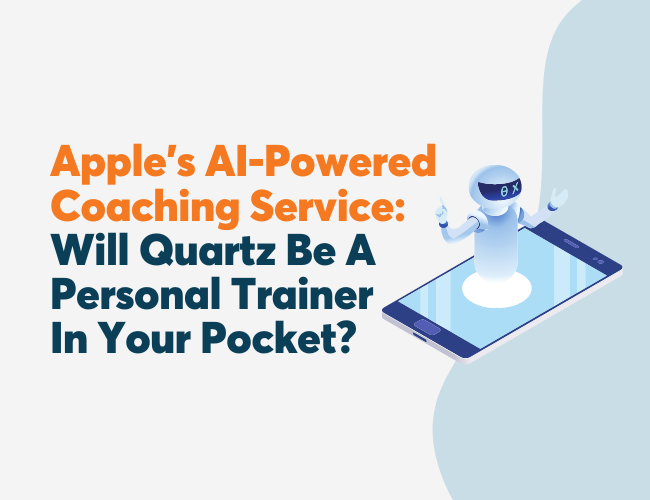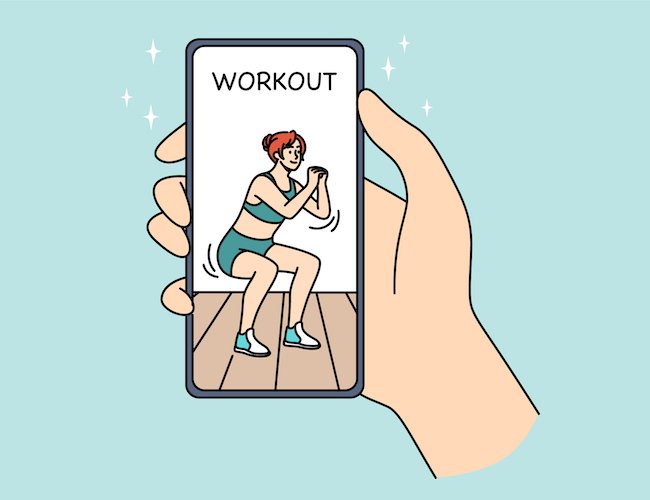Successful business requires that good ideas get generated on a consistent basis and end up in the minds of the right people so that innovative solutions can be put into practice. Many business leaders believe that a significant portion of these good ideas are produced and shared in unplanned interactions that occur in office spaces that were not directly designed for the purposes of getting work done (e.g., by the water cooler, in the kitchen, in the stairwell, etc.). For instance, Tim Cook, CEO of Apple stated when discussing post-pandemic work that:
Innovation isn’t always a planned activity. […] It’s bumping into each other over the course of the day and advancing an idea you just had.
Similarly, Jacqueline Reses, a former Yahoo executive, reported back in 2013 that:
Some of the best decisions and insights come from hallway and cafeteria discussions, meeting new people, and impromptu meetings.
Remote working environments appear to make these sorts of spontaneous interactions impossible, or at least very difficult to replicate. Video-chats are entirely planned and offer little to no opportunity for workers to “bump into each other.” As a result, organizations are concerned that good innovation will occur less frequently as employees continue to work in remote environments that offer fewer opportunities for “water-cooler chats.” But is this concern justified?
The (Lack Of) Evidence
While some individuals may be prone to come up with and share their innovative ideas through in-person spontaneous interactions, experts claim that we lack strong (or any) reasons for believing that less innovation will occur, all things considered, as the number of opportunities for spontaneous in-person interactions decreases. In particular, business leaders and researchers have noted that:
1. Popular office plans fail to facilitate interactions: Even if most individuals tend to cultivate and share their innovative ideas through spontaneous in-person interactions, this wouldn’t mean all that much if office spaces fail to produce these interactions. A study lead by Ethan S. Bernstein, a professor at Harvard Business School, found that open offices spaces, which were designed to make it easier for people to spontaneously interact and collaborate, lead to 70% fewer in-person interactions. He stated:
Rather than prompting increasingly vibrant face-to-face collaboration, open architecture appeared to trigger a natural human response to socially withdraw from officemates and interact instead over email and IM.
2. There is little data on the content of the interactions that do occur: Even if spontaneous interactions occur in most office spaces with significant frequency, we’d need to know the content of these interactions to know that they result in innovation. Experts like Bernstein claim that we lack this data.
3. Different individuals have different idea-sharing tendencies: Some people are extroverted and have an easy time talking with new individuals about a wide range of topics. Others struggle with these kinds of interactions. As Harvard Business Review reports, about 50% of Americans consider themselves to be shy, while 12% will experience social anxiety disorder at some point in their lives. Individuals with these sorts of anxious dispositions are much more likely to contribute their ideas through carefully crafted emails or planned meetings than in spontaneous interactions.
4. Remote work is good for diversity which is good for innovation: As Wellable has previously emphasized in a post on the importance of diversity in the workplace, diversity is a vital component of effective idea generation. Certain populations, however, may have strong reasons to avoid the office. For instance, Future Forums reports that 97% of Black knowledge workers want a hybrid or fully remote working model. Moreover, they note that this may be explained:
by the fact that flexible work has reduced the need for ‘code switching’ among Black knowledge workers, reduced certain instances of microaggressions and discrimination, and improved Black employees’ ability to ‘bounce back’ from incidents.
By implementing location policies that prevent these voices from being heard, companies are losing out on innovative ideas, potentially offsetting any gains that may have been made through spontaneous in-person interactions.
5. Virtual solutions are becoming better at replicating in-person interactions: Though they are far from perfect, digital communication platforms have improved dramatically and users have developed clever ways of using them that better replicate some of the features of in-person office work that may facilitate the transmission of innovative ideas. For instance, companies like Mural are offering “virtual water coolers” that provide users with a virtual space with interesting visuals designed to spark conversation. Additionally, some business leaders are holding virtual office hours, where team members can “stop by” at any time to ask questions that they may not otherwise have felt inclined to ask.
Takeaway
While the generation and sharing of good ideas is clearly essential to thriving businesses, it appears to be less dependent on spontaneous in-person interactions than many have thought. When focusing on forming policies designed to maximize the amount of idea cultivation, it is more fruitful to think about how to include more voices and how to accommodate the ways in which team members are most prone to sharing their innovative thoughts.












